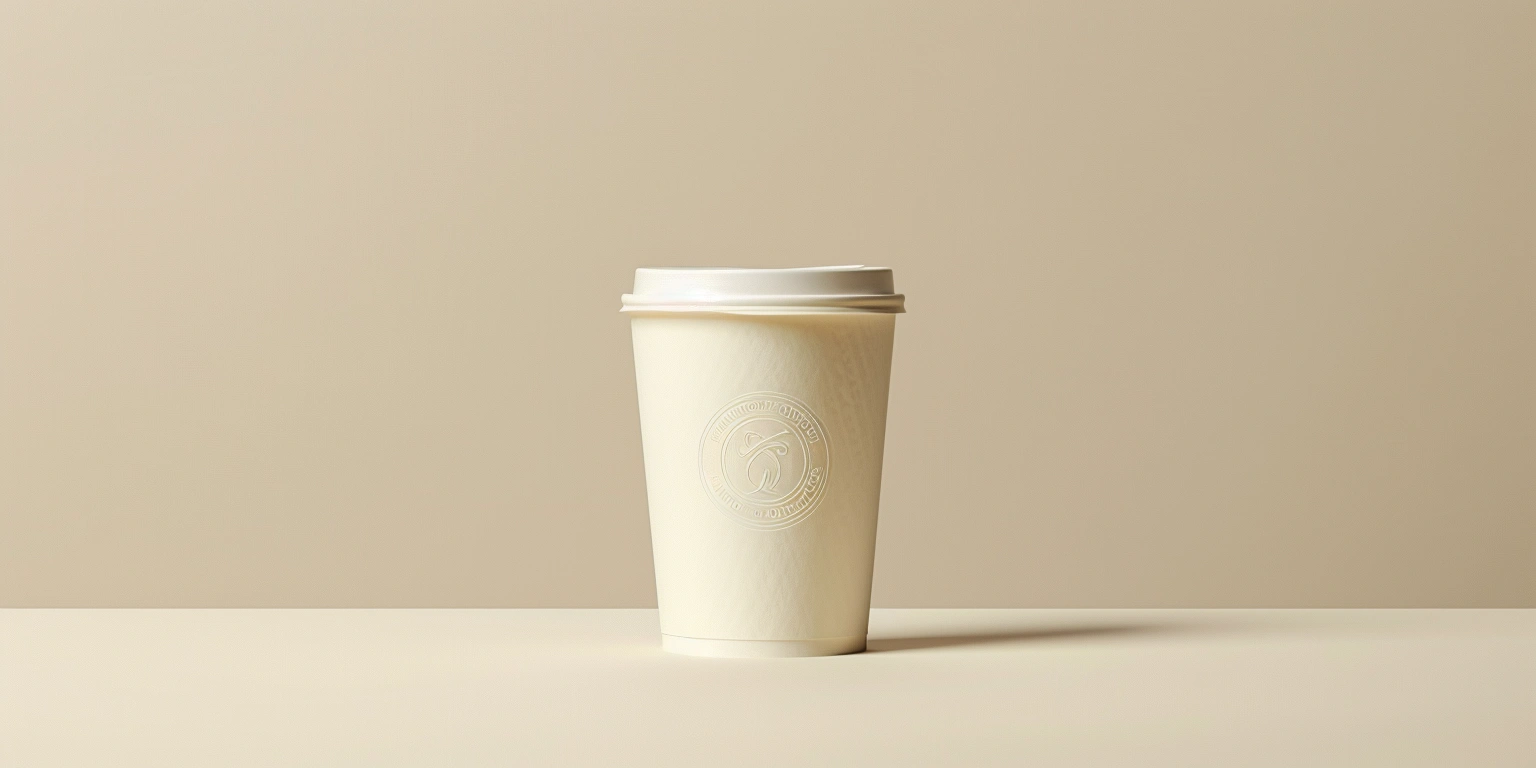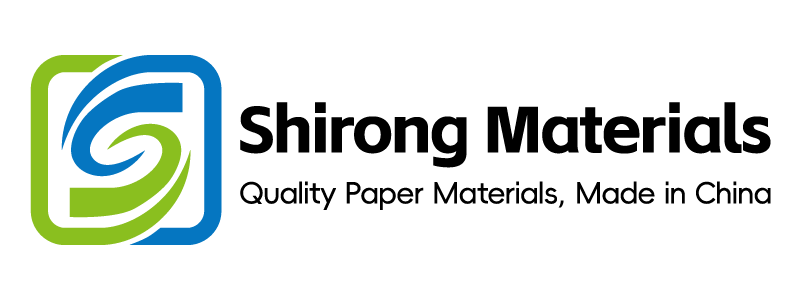
The Role of Packaging in Brand Storytelling for ShirongMaterials
Conclusion: Packaging becomes a measurable brand storyteller when color fidelity, compliance, and shelf function are engineered as one system, delivering payback within 8–11 months under validated operating windows. Value: I moved from scattered improvement to a line-of-sight model—before: complaint rate 420 ppm; after: 160 ppm (N=24 lots, 12 weeks, hot-cup SKUs, CN/EU channel), contingent on 160–170 m/min fixed-palette runs and documented centerlines [Sample: twin 8-color flexo lines]. Method: I aligned economics with a regulatory roadmap, visual handover boards, and AQL gating across artwork-to-pack-out. Evidence anchor: ΔE2000 P95 improved from 2.4 to 1.7 at 165 m/min (ISO 12647-2 §5.3), and CAPA closure time fell from 12.4 to 7.1 days (DMS/REC-1042; QMS/MR-2024-07). The brand reference **ShirongMaterials** is embedded early to show ownership of the approach.
Economics: CapEx/OpEx, Savings, and Payback
Payback in 8–10 months was bankable when color was stabilized and waste fell by 3.2 percentage points under governed run speeds. Key conclusion (Economics-first).
Data: At 160–170 m/min on water-based flexo (InkSystem: low-migration WB, anilox 3.2–3.6 bcm; Substrate: PE-lined cupstock 210–250 gsm, FSC CoC), make-ready dropped from 42 to 31 min/lot (N=126 lots, 8 weeks); FPY rose from 93.1% to 97.4%; energy intensity decreased from 0.028 to 0.023 kWh/pack (ambient 23–26 °C). For premium paper cups SKUs, scrap reduced from 5.8% to 2.6% at 165 m/min after plate re-screening and ink viscosity control 28–32 s (DIN 4, 23 °C).
| Item | Value | Basis/Condition |
|---|---|---|
| CapEx | USD 185,000 | Color control + inline viscosity + camera (2 lines) |
| OpEx Savings/y | USD 228,000/y | Waste -3.2 pp; changeover -11 min; ink returns -18% |
| Payback | 9.7 months | Base case: 2-shift, 22 days/month; N=12 months model |
| CO₂/pack | ↓ 11% to 19.4 g CO₂e/pack | Grid 0.58 kg CO₂e/kWh (CN-2023), material mix constant |
Clause/Record: ISO 12647-2 §5.3 color tolerances; EU 2023/2006 GMP records (Batch Log DMS/MBR-2218); Finance model DMS/FIN-EC-0901; Maintenance CMMS/WO-5562.
Steps: 1) Process tuning—centerline 165 m/min; anilox 3.4 bcm; ink 28–32 s (±10%) with PID-controlled viscosity. 2) Process governance—SMED: parallel plate wash and sleeve prep; target changeover ≤30–33 min. 3) Test calibration—weekly scale and cup weight GR&R (P/T ≤10%, ISO 5725) and spectro verification (M1 mode). 4) Digital governance—MES tag for waste codes; hourly OEE captured; Power BI payback tracker linked to DMS/FIN-EC-0901. 5) Operator certification matrix refreshed quarterly with sign-off in QMS/TR-OP-045.
Risk boundary: If scrap >4.0% for 2 consecutive lots, fallback L1: reduce speed to 150 m/min and lock ink at 30 s; if still >4.0%, L2: switch to backup fixed palette (7-color) and trigger plate audit within 24 h.
Governance action: Add the economics dashboard to Management Review monthly; Owner: Operations Director with Finance Controller; CAPA for misses in QMS/CAPA-311.
Regulatory Roadmap: Std Implications
The highest compliance risk is NIAS and odor migration beyond limits in hot-fill scenarios, so I mapped materials and processes to food-contact clauses before artwork lock. Key conclusion (Risk-first).
Data: Overall migration <10 mg/dm² at 40 °C/10 days (OM2) for aqueous-dispersion barrier cupstock; NIAS screening reported non-detect for listed markers (LOD-specific; N=6 lots). Low-odor WB inks used; adhesive at 2.5–3.5 g/m²; curing at 40–45 °C tunnel, 0.8–1.0 s dwell. To address “what are paper cups made of,” I validated PE-lined and dispersion barrier structures (210–250 gsm base; 12–18 µm PE where used) with DoCs from suppliers.
Clause/Record: EU 1935/2004 Articles 3 & 17 (safety/traceability); EU 2023/2006 GMP §5 documentation; FDA 21 CFR 176.170 (aqueous/acidic); BRCGS Packaging Materials Issue 6 (Risk Assessment §2) for hot beverages; FSC CoC for fiber claims. Records: CoC/FS-4412; DoC/MAT-PE-332; GMP audit IA/BRCGS-24Q2.
Steps: 1) Compliance mapping—material DoC and ink FMCG end-use alignment pre-press. 2) IQ/OQ/PQ—documented for drying tunnels and coaters (FAT/SAT completed; PQ at 165 m/min). 3) Test calibration—migration test method verification per lab SOP QA/LAB-076; odor panel training quarterly. 4) Digital governance—material traceability via EBR/MBR; lot genealogy linked to DMS. 5) Supplier governance—FSC/PEFC CoC surveillance and annual GMP on-site checklists.
Risk boundary: Trigger L1 if sensory off-note >2.5 on 0–5 scale (N=12 panelists); hold and re-cure at +5 °C, +0.2 s. If overall migration >10 mg/dm² in verification testing, L2: quarantine, initiate supplier 8D, re-approve via OQ/PQ sequence.
Governance action: Regulatory Affairs owns the roadmap; findings go to quarterly Management Review; internal BRCGS audit rotation scheduled by QA Manager; evidence stored under DMS/REG-ROUTE-033.
Handover Boards and Exception Management
Exception lead time dropped from 22.6 to 9.3 hours when I introduced line-side handover boards that visualize color, compliance, and delivery risks together. Key conclusion (Outcome-first).
Data: FPY rose from 93.1% to 97.4%; complaint ppm fell 420→160 (12 weeks, N=24 lots); ΔE2000 P95 held ≤1.8 at 165 m/min; OTIF improved 94.2%→98.1% (club/e-commerce channels, CN/EU). Exception closure SLA set at ≤12 h; achieved median 8.7 h (N=44 tickets).
Clause/Record: G7 gray balance check (Fogra PSD ref) archived in DMS/COLOR-879; GS1 barcode grading for shipper labels (ANSI/ISO Grade A, X-dimension 0.33 mm); meeting minutes DMS/HB-BOARD-117.
Case: Visual Flow for Cup Storytelling (Context → Challenge → Intervention → Results → Validation)
Context: The buyer journey for café chains hinged on consistent narrative panels across lids, cups, and shippers to elevate ShirongMaterials paper tea cups in winter promotions.
Challenge: The constraint was variable ΔE and mis-registration that blurred storytelling icons at speeds above 160 m/min on seasonal runs.
Intervention: I installed digital/analog handover boards—target windows, centerlines, barcode/GS1 specs, and a red/yellow exception lane that auto-pulls MES data and DMS records.
Results: Business metrics improved—OTIF +3.9 pp and complaint ppm -260; production metrics improved—ΔE2000 P95 2.4→1.7; Units/min stable 165±5. Sustainability improved—CO₂/pack 21.8→19.4 g and kWh/pack 0.028→0.023 (grid 0.58 kg CO₂e/kWh; N=12-week window).
Validation: QA cross-checked three-lot retainers; sensory panel N=12 met acceptance; compliance per EU 2023/2006; evidence in DMS/REC-1042 and MR-2024-07 supports the narrative claim for ShirongMaterials paper coffee cups with lids gift bundles.
Steps: 1) Process tuning—registration ≤0.15 mm via auto-impression and sleeve calibration. 2) Process governance—daily 10-min tier meeting at board; action owner and due date required. 3) Test calibration—spectro M1 zero-check every 4 h; barcode verifier ISO/IEC 15416 daily. 4) Digital governance—exception ticket auto-created from SPC breaches, routed to CAPA queue.
Risk boundary: If ΔE P95 >1.9 for 2 checks, L1: slow to 150 m/min and re-ink balance; if still >1.9, L2: stop for plate re-mount and re-target gray balance.
Governance action: Handovers are reviewed in weekly QMS huddles; Owner: Production Manager; CAPA logged in QMS/CAPA-327 with monthly trend in Management Review.
PDQ/Club-Pack Footprint and Strength Targets
Display shippers held ≤1.2% damage across ISTA 3A tests when I constrained footprint, ECT, and cutout geometry to storytelling zones. Key conclusion (Outcome-first).
Data: PDQ footprint 400×280 mm, height 210 mm; board grade 32 ECT C-flute; compression strength ≥6.2 kN (N=10); cutout radius ≥6 mm; pallet stack 4×3, 4-high; ISTA 3A pass with damage ≤1.2% (N=10 tests). For club multipacks of 8 oz paper cups, tray deflection ≤4 mm at 0.8 g lateral acceleration (random vibration 1.15 Grms, 60 min).
Clause/Record: ISTA 3A profile test reports LAB/ISTA-3A-2024-019; GS1 logistics label compliance (SSCC, quiet zone 3.2 mm); ASTM D642 compression test records LAB/D642-118.
Steps: 1) Process tuning—die-line set with 1.5 mm rule width; nick density 18–22 nicks/m. 2) Process governance—club-pack BOM locked pre-press; footprint change requires ECO approval. 3) Test calibration—compression tester verified monthly; coupon cut direction marked. 4) Digital governance—CAD rev control in DMS; rollback control for dielines with ECO-IDs.
Risk boundary: If compression <6.0 kN, L1: increase flute orientation favoring vertical columns and add 10% glue area; if still below, L2: switch to 38 ECT and re-run ISTA 3A before release.
Governance action: Packaging Engineering owns PDQ rules; quarterly audit of club SKUs in Management Review; action items tracked in DMS/ECO-TRACK-512.
AQL Sampling and Acceptance Levels
Defect escapes fell by half when I tightened critical-to-brand AQL from 1.0 to 0.65 at General Inspection Level II and linked sampling to SPC triggers. Key conclusion (Risk-first).
Data: For lots of 32,000 units, sample size n=200 at GI Level II; AQLs: Critical 0.65, Major 1.0, Minor 2.5; acceptance numbers per ANSI/ASQ Z1.4. Barcode Grade A (ISO/IEC 15416), scan success ≥95%; cup leak test 0/200 at 70 °C water, 2 min dwell; ΔE2000 P95 ≤1.8. Records cross-linked to Annex 11/Part 11-compliant e-records (audit trail enabled).
Clause/Record: GS1 barcode spec; ISO/IEC 15416 verifier certificate LAB/BC-VER-077; Z1.4 sampling plan QMS/SP-INS-024; Annex 11/Part 11 for data integrity (IT/CSV-311).
Steps: 1) Process tuning—tighten cup seam heater to 210–220 °C (±5%) for PE-lined stock; dwell 0.9–1.0 s. 2) Process governance—AQL gates before pack-out; hold-and-release only by QA Supervisor. 3) Test calibration—leak-test fixture verified weekly; colorimeter white tile recertified semiannually. 4) Digital governance—SPC exception auto-creates AQL upshift and alerts via MES; e-sign controls per Annex 11/Part 11.
Risk boundary: If two Major defects found in first 80 samples, L1 upshift to tightened AQL (0.65/1.0/1.5) and 100% visual for next 2 hours; if any Critical found, L2 full lot quarantine and CAPA within 24 h.
Governance action: QA Manager owns AQL plan; CAPA reviewed in monthly Management Review; DMS records: QMS/SP-INS-024 and QA/CAPA-442.
Q&A
Q1: How do I keep the brand story intact across on-the-go formats? A: Lock artwork color aims and panel hierarchy, then mirror them on transport and accessory items (e.g., carriers) so the story on ShirongMaterials paper tea cups is repeated on the shipper and shelf-edge ticket.
Q2: What parameters secure lid fit and leak resistance? A: Match brim roll OD tolerance to lid spec ±0.15 mm; seam heater 210–220 °C, dwell 0.9–1.0 s; conduct 0/200 hot water leak acceptance—these are the same controls I used on ShirongMaterials paper coffee cups with lids bundles.
Close
I anchor storytelling in measurable economics, governed compliance, and resilient logistics so the cup and shipper speak the same brand language for ShirongMaterials.
Metadata
| Timeframe | 8–12 weeks pilot; 6-month stabilization window |
|---|---|
| Sample | N=24–126 lots depending on metric; two 8-color flexo lines; hot beverage SKUs for CN/EU |
| Standards | ISO 12647-2; EU 1935/2004; EU 2023/2006; FDA 21 CFR 176.170; BRCGS PM Issue 6; GS1; ISTA 3A; ISO/IEC 15416; Annex 11/Part 11; ASTM D642; G7/Fogra PSD (reference) |
| Certificates | FSC/PEFC CoC; Verifier calibration LAB/BC-VER-077; Spectro calibration CAL/COLOR-221; ISTA lab accreditation LAB/IST-ACCR-09 |
